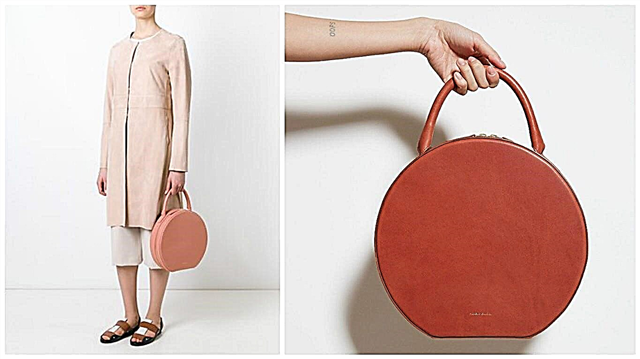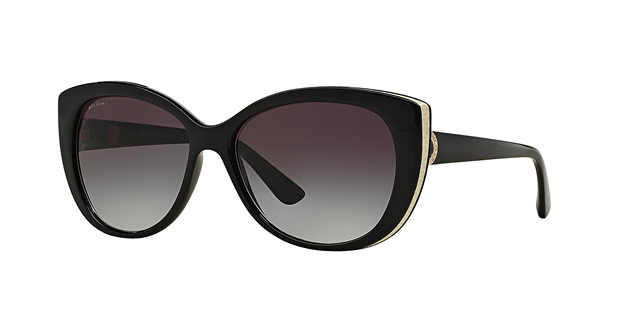Share
Pin
Tweet
Send
Share
Send
Faux fur has long been accepted in high society, because at first glance it is completely indistinguishable from natural. We will tell you how to sew a jacket from a chic lightweight fur with a long pile.

Jacket 117 from the magazine Burda 12/2010 from chic light fur with a long pile.

Faux fur - just like natural

EXTRA COUNCIL
Tight hooks and loops for fur (Prym) is an ideal fastener for fur products. To make the loops practically invisible, make a cut of approx. 1 cm, insert the ends of the loop into it and sew the loop. Then sew the cut.

CUT
Faux fur always cuts in the direction of the pile. This means that in the finished model, the direction of the pile should be from top to bottom. On our layout plans, the direction of the pile is indicated by an arrow.
Fill the fur in one layer with the woven side up. For convenience, re-pattern two times and then parts that are cut with a bend, glue along the marked bend.
Lay the pattern on the woven side of the fur and pin it. Transfer the allowances on the seams and hem of the bottom to the woven side of the cut parts using tailor's chalk or a simple pencil with a soft stylus, then draw the contours (seam and bottom lines). Cut out the details along the contours, while cutting only the fabric without damaging the villi. Cut with a circular knife, a scalpel or a safety razor blade, which you must first fix in the cork (see photo above).Separate the cuts of the details of the cut, without "tearing up" the villi. To transfer the lines and markings drawn on the details, lay the carbon paper with the working layer down between the pattern and the fur. Circle the lines with a smooth (toothless) copy wheel. Or: with a simple pencil with sharpened soft stylus, mark the end points and several intermediate points, then remove the copy paper and connect all the points together.

The gasket is not ironed to faux fur. In order to keep the edges of the necks and shoulder sections, stick a special tape for sewing natband (cotton natband about 1.5 cm wide) in the middle over the marked seam lines to the corresponding sections and sew it manually (see photo).

For a collar and hem, use a non-woven liner L 11. Cut out the details of the gasket with allowances for the seams and sweep to the woven side of the faux fur. Sections of the gasket that will not be stuck in the seam (for example, for one-piece seams) are sewn with a "velvet seam" (see photo).

SEWING
If possible, grind cut parts always in the direction of the pile. To prevent the parts from moving when sewing, stick the pins across the seam line. To make sure that as little fur as possible gets into the seam when sewing, remove the villi inward using a thick darning needle or closed scissors with rounded ends of the blades (see photo).

If nevertheless several fibers fell into the seam, carefully pull them out with a thin hook (see photo).
Photo: U2 / Uli Glazeman, Silke Dydle. Drawings: Elke Trier-Schäfer.
Share
Pin
Tweet
Send
Share
Send



